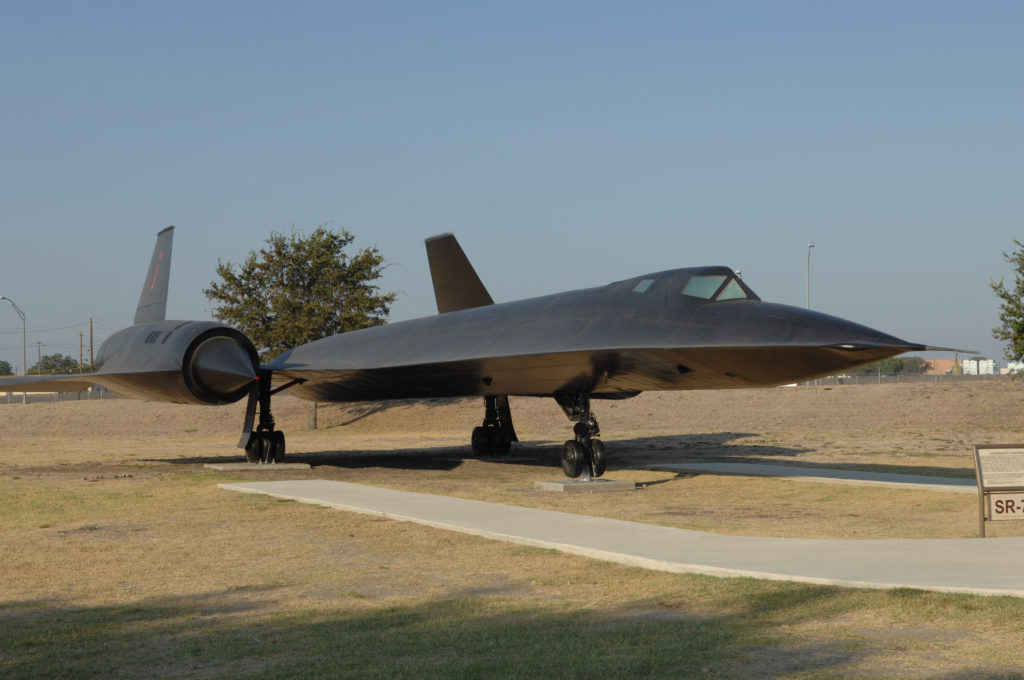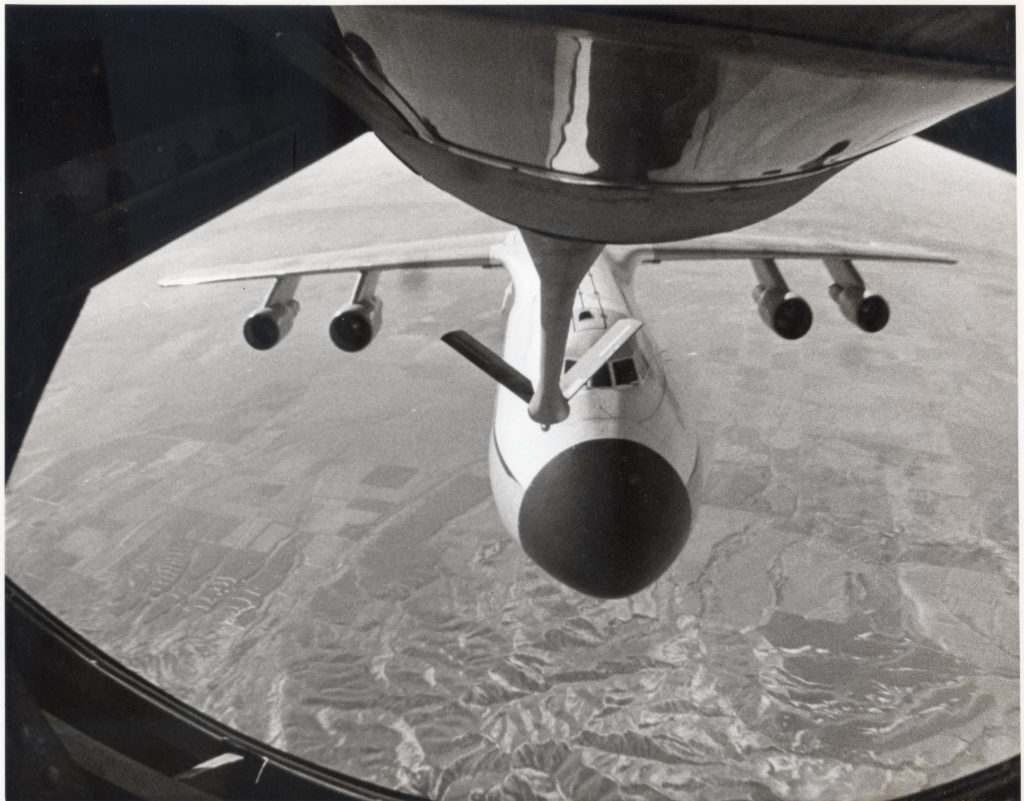Pittsburgh-Based Stratotankers Kept Spy Planes Flying
Aerial refueling planes performed critical role in U.S. intelligence at height of Cold War
By Evan Dougherty
Published October 14, 2019
Read Time: 3 mins
In the early 1960s, the Central Intelligence Agency asked airplane manufacturer Lockheed to build a stealth spy plane that could travel three times the speed of sound and above 80,000 feet to avoid being intercepted or shot down.
This record-breaking, unprecedented aircraft had very few flaws, but one of them was critical from the start: it couldn’t take off with its fuel tanks full.
Enter the KC-135 Stratotanker, the primary aircraft of the Pennsylvania National Guard’s 171st Air Refueling Wing, based at Pittsburgh International Airport.
Running out of gas
The new spy plane was needed to replace the venerable but outdated U-2, also built by Lockheed. At the height of the Cold War, the U.S. needed to evolve the way it gathered intelligence from its main adversary, the Soviet Union, and other nations of interest. It needed an aircraft that flew higher, farther and faster than ever before.
The SR-71 “Blackbird” was an engineering marvel. Most of the airframe was titanium alloy rather than the standard aluminum so the plane could withstand the tremendous heat from flying at more than 2,000 miles per hour. (Ironically, much of the titanium used came from the Soviet Union.)
The U.S. government reported that the top speed of the SR-71 was Mach 3.2, although some pilots claim to have flown it faster. How fast is Mach 3.2? Well, the SR-71 holds the record for fastest flight from New York to London at 1 hour and 55 minutes – the famed Concorde was nearly an hour slower.
Another quirk: a unique fuel formula needed to be developed to fire the engines.
Because the SR-71 required a special fuel used by no other aircraft, the U.S. Air Force modified 56 Boeing KC-135 Stratotankers with special plumbing and systems to refuel the spy planes in flight. Designated as “Q-models,” the tankers could pump the Blackbird’s JP-7 fuel with a triethylborane injection via a modified boom while keeping their own fuel separate.
Due to the highly volatile nature of their fuel, most SR-71 missions took off with the tanks only half full to minimize the possibility of an explosion. Thus, Blackbirds were usually refueled in flight right after takeoff, making the Q-models critical to mission success.
In addition, the nature of their missions often required the SR-71 to cover thousands of nautical miles and stay in the air for up to half a day at a time. The spy plane typically burned through its fuel supply in about two hours, so having KC-135s on standby greatly increased their mission capability.
Since 1977, that delicate mission of aerial refueling has been the primary focus of the Pennsylvania Air National Guard’s 171st Air Refueling Wing, and the KC-135 has been its primary aircraft. Able to pump more than 700 gallons of fuel per minute, the Air Force’s first jet-powered tanker can carry about 200,000 pounds of fuel when fully loaded.
Following the Cold War, the Air Force continued to upgrade the KC-135 fleet. Modifications incorporated significant changes such as new engines, avionics and electrical systems.
With the collapse of the Soviet Union and advancements in satellite technology, the SR-71 was officially retired from service in 1991, the last aircraft in the Air Force to require special tanker support. But the KC-135 continues to fly.
The engine upgrades over the decades have improved the efficiency and range of the KC-135, making it a versatile asset in air combat; it now refuels a wide variety of fighters, bombers, cargo jets and special operations aircraft.
In 2004, the 171st Air Refueling Wing received 16 newly upgraded tankers from other bases, replacing older versions. All 16, however, were from the original batch of 56 KC-135s used specifically for the SR-71.
Watch
This Next
Read
This Next







